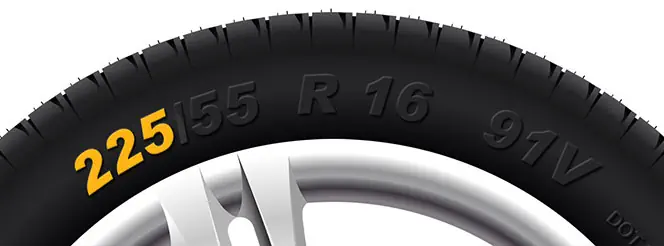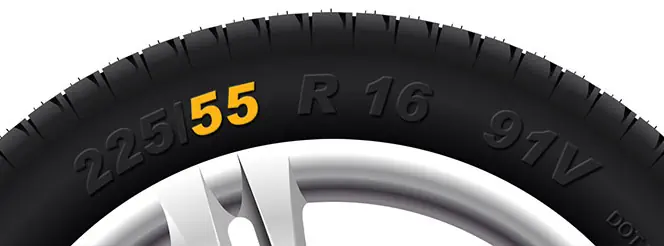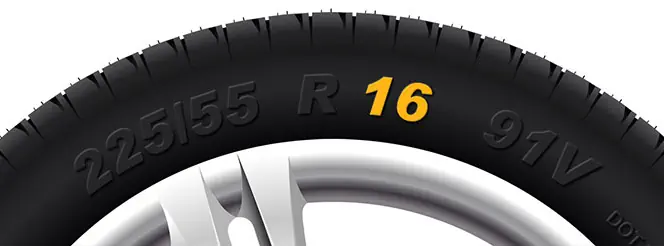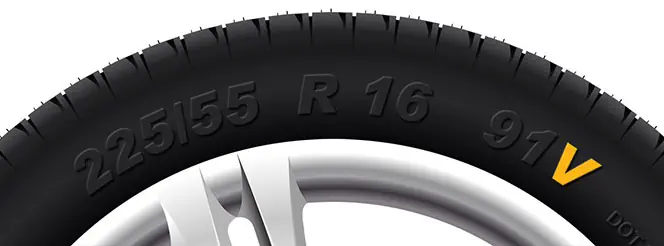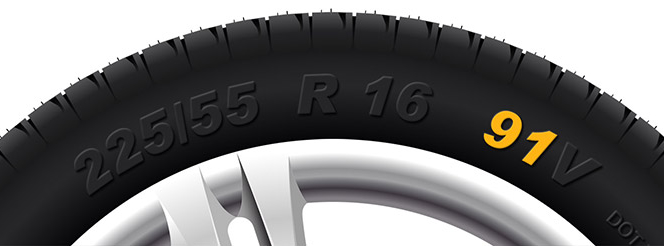How Climate Change Is Changing Car Design
Kwik Fit | Sunday 23rd March 2025 2:16pm
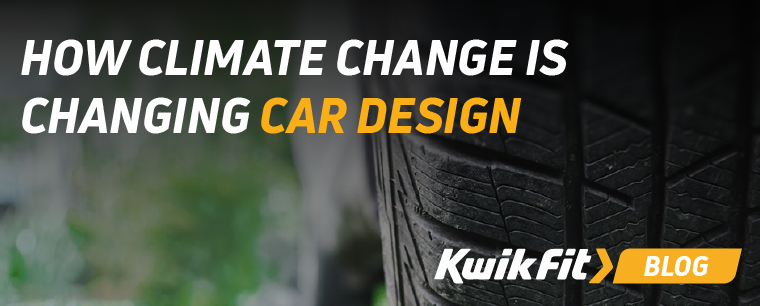
What used to be a relatively abstract concern twenty years ago is quickly shaping up to be a very present reality. Extreme weather events are becoming increasingly commonplace around the world, and even the UK, which has historically had a mild, stable climate, is seeing more extreme storms in winter and unexpectedly hot spells in summer.
Itís widely accepted that mass production has had a negative impact on the environment. However, the modern world fundamentally relies on the benefits that modern vehicles provide. We canít function without cars to commute in, vans to transport and deliver goods in, and lorries to keep industry going. So the automotive industry is responding to the pressures of climate change by adapting designs and processes to lessen the impact on environmental conditions.
Letís look at some ways this is happening.
Considering sustainability & weight
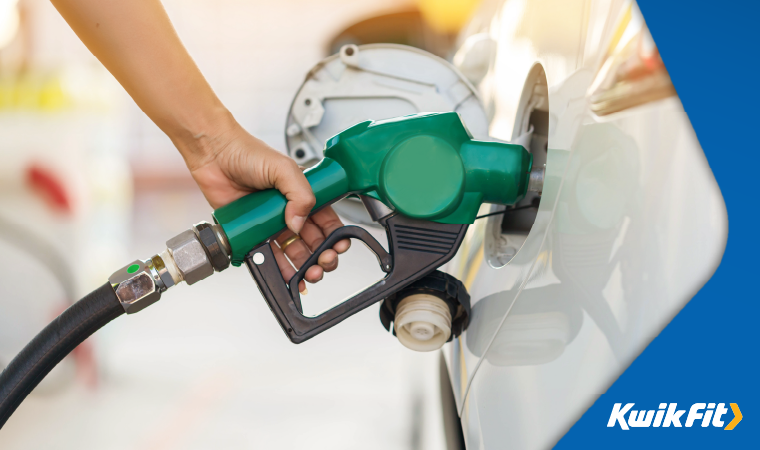
Perhaps the biggest challenge designers are coming up against is the increasing scarcity and cost of fossil fuels. While petroleum remains relatively available worldwide, itís clear that current reserves are likely to run out within the next 50 years or so. Reducing fuel use as much as possible not only saves cost, but creates significant emissions reductions. So, weíve seen a marked shift away from traditional steel-based designs (which tend to be quite heavy) towards more aluminium and carbon fibre usage.
More aerodynamic shapes
In contrast to the blocky vehicles of the 1950s, even family cars these days have generally slimmed down into very sleek, aerodynamic designs. Thereís definitely been a rise in the popularity of SUVs - which are usually much bulkier than other cars Ė but even these tend to feature a lot of curvature and underbody panels to reduce drag.
This not only creates a real reduction in fuel consumption but, with the rise of electric vehicles, lets you travel a lot further overall. Which leads us toÖ
A shift away from internal combustion engine
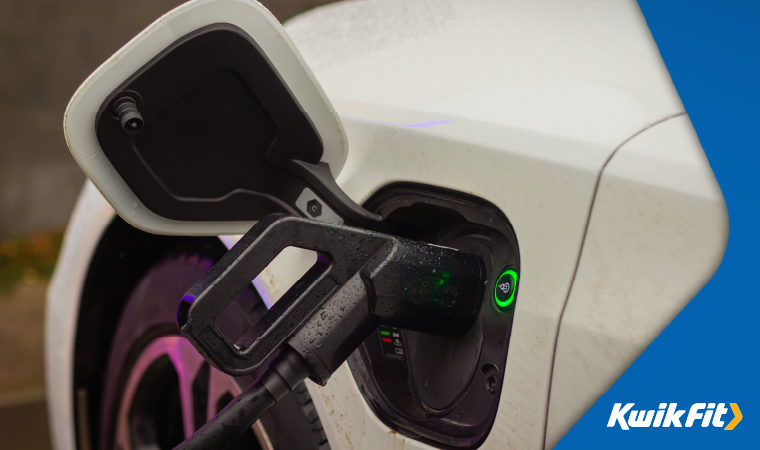
The most dramatic response to climate change has come in the form of the shift away from the combustion engine, toward electric and hybrid motors. Even though electric vehicles are still, for the most part, currently charged using electricity thatís been generated through fossil fuel consumption, itís a huge step in the right direction - driving demand for cleaner electricity-generating infrastructure.
And while even 10 years ago EVs were often seen as a fairly cumbersome technology reserved for the wealthy, theyíre now firmly established as viable everyday vehicles for most drivers.
New tyre compounds & designs
The rubber that tyres were originally made with is an organic material that biodegrades quite readily. But the environmental benefit of that was, unfortunately, a downside for the owner of the car. The rubber compounds developed to counteract the effects of the weather and stand up to the impact of the road have gotten tougher overall, but have begun to cause a lot of environmental problems when they reach the end of their life.
So tyre manufacturers have begun researching alternative compounds, such as one made from dandelions, that can provide the same performance while being easier to biodegrade at the end of their life. Other than innovative compounds, new tyre tread patterns are being developed frequently, designed to aid with rolling resistance and water displacement without wearing away too quickly. This is particularly useful in the case of specialist summer or winter tyres.
Need help with your car?
Regardless of what the weather throws at your car, the experts at your local Kwik Fit centre are always on hand to help keep it in the best condition possible. Find your local centre here.
Any facts, figures and prices shown in our blog articles are correct at time of publication.
Featured Articles
Is it Illegal to Drive With One Headlight?
Saturday 19th July 2025
Wondering if itís illegal to drive with one headlight? Learn about the safety risks and penalties of illegal blown bulbs and why you should fix them promptly.
Air Con in EVs & Hybrids: Experts Answer Your Questions
Monday 30th June 2025
Does air con drain EV batteries? Can you use the air con while charging an electric car? Find out the answers to these questions & more from Kwik Fitís experts.
Why Is Your Car Making a Noise? Fixes & Tips
Friday 13th June 2025
When your car starts making unexpected noises, it can certainly be quite disconcerting; it may be nothing to worry about, but hereís what you need to know.





